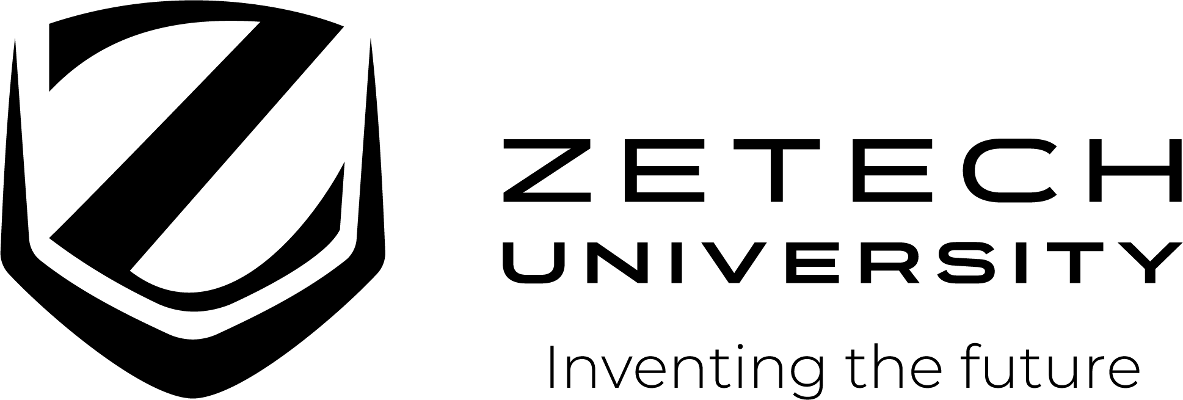Basic laboratory methods for biotechnology : textbook and laboratory reference / Lisa A. Seidman, Cynthia J. Moore, and Jeanette Mowery.
Material type: TextPublication details: Boca Raton, FL: CRC Press, 2022. Edition: Third editionDescription: xxxvii, 1171 p. : ill. (col.) ; 28 cmISBN:
TextPublication details: Boca Raton, FL: CRC Press, 2022. Edition: Third editionDescription: xxxvii, 1171 p. : ill. (col.) ; 28 cmISBN: - 9780367244880
- 660.6 23
- TP248.24 .S45 2022
| Item type | Current library | Call number | Copy number | Status | Barcode | |
|---|---|---|---|---|---|---|
 Books
Books
|
Zetech Library - Mang'u Campus General Stacks | TP248.24 .S45 2022 (Browse shelf(Opens below)) | C1 | Available | Z012484 | |
 Books
Books
|
Zetech Library - Mang'u Campus General Stacks | TP248.24 .S45 2022 (Browse shelf(Opens below)) | C2 | Available | Z012601 |
Includes bibliographical references and index.
UNIT I Biotechnology is the Transformation of Knowledge into Useful Products. 1. Techniques to Manipulate DNA: The Root of the Biotechnology Industry. 2. The Biotechnology Industry Branches Out. 3. The Business of Biotechnology: The Transformation of Knowledge into Products. UNIT II Introduction to Quality in Biotechnology Workplaces. Chapter 4. An Overview of Quality Principles in Biotechnology. 5. Quality in Research Laboratories. 6. Documentation: The Foundation of Quality. UNIT III Safety in the Laboratory. 7. Introduction to a Safe Workplace. 8. Working Safely in the Laboratory: General Considerations and Physical Hazards. 9. Working Safely with Chemicals. 10. Working Safely with Biological Materials. UNIT IV Math in the Biotechnology Laboratory: An Overview. 11. Basic Math Techniques. 12. Proportional Relationships. 13. Relationships and Graphing. 14. Descriptions of Data: Descriptive Statistics. UNIT V Obtaining Reproducible Laboratory Measurements. 16. Introduction to Instrumental Methods and Electricity. 17. The Measurement of Weight. 18. The Measurement of Volume. 19. The Measurement of Temperature. 20. The Measurement of pH, Selected Ions, and Conductivity. 21. Measurements Involving Light – Part A: Basic Principles and Instrumentation. UNIT VI Laboratory Solutions. 22. Preparation of Laboratory Solutions – Part A: Concentration Expressions and Calculations. 23. Preparation of Laboratory Solutions – Part B: Basic Procedures and Buffers. 24. Solutions: Associated Procedures and Information. 25. Laboratory Solutions to Support the Activity of Biological Macromolecules. UNIT VII Quality Assays and Tests. 26. Introduction to Quality Laboratory Tests and Assays. 27. Achieving Reproducible Results with Polymerase Chain Reaction Assays. 28. Measurements Involving Light – Part B: Assays. 29. Achieving Reproducible Immunoassay Results. UNIT VIII Cell Culture and Reproducibility. 30. Introduction to Quality Practices for Cell Culture. 31. Culture Media for Intact Cells. UNIT IX Basic Separation Methods. 32. Introduction to Filtration. 33. Introduction to Centrifugation. 34. Introduction to Bioseparations.UNIT X Biotechnology and Regulatory Affairs. 35. Biotechnology and the Regulation of Medical and Food Products. 36. The Lifecycles and Regulation of Pharmaceutical Products. 37. The Lifecycles and Regulation of Biopharmaceutical and Regenerative Medicine Products. 38. Quality Systems in a Regulated Production Facility.
"To succeed in the lab, it is crucial to be comfortable with the math calculations that are part of everyday work. This accessible introduction to common laboratory techniques focuses on the basics, helping even readers with good math skills to practice the most frequently encountered types of problems"--
There are no comments on this title.

